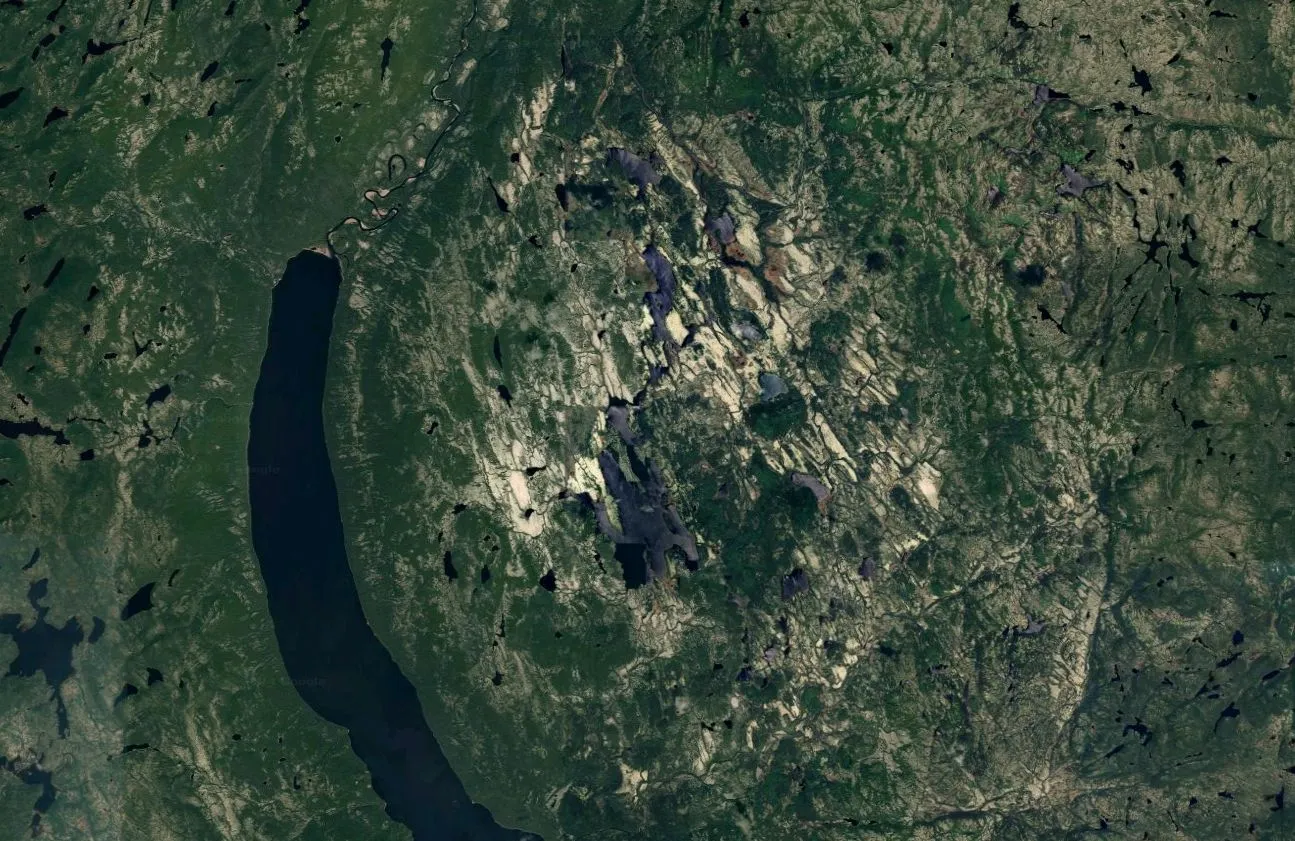Follow us on Google News (click on ☆)
While looking for a campsite, Joël Lapointe stumbles upon a strange 9.3-mile (15 km) formation on the satellite maps. A possible signature of a meteorite millions of years old.
While planning his vacation, this Quebecer noticed an anomaly in the topography of the Côte-Nord region. Curious French specialists confirmed the possibility of an ancient meteorite impact on Earth. The regular contours and the formation of mountains surrounding the depression raised questions.
Joël Lapointe reported this discovery to geologists. Pierre Rochette, from the European Centre for Research and Teaching in Environmental Geosciences (Cerege) in France, saw compelling evidence of a meteorite impact crater in these clues. The hypothesis started to gain traction.
Further laboratory research is being conducted to analyze the site's minerals. Zircon crystals, which can preserve traces of impacts, might confirm this theory. Their distinct orientation under intense pressure is intriguing to the experts.
Specialists expect to find "shatter cones," typical fractures caused by a meteorite impact shockwave. Pierre Rochette plans to inspect these formations in person to determine the exact origin of this crater.
If confirmed, this discovery would add an 11th meteorite crater to the Quebec region. Current estimates suggest the impact happened around 100 million years ago, though precise dating will require further studies.
It will take time to piece together the geological history of this event. But this unexpected find already sparks hope for new revelations about Earth. For Joël Lapointe, the adventure is just beginning, although it may turn out a bit different from his initial vacation plans.
